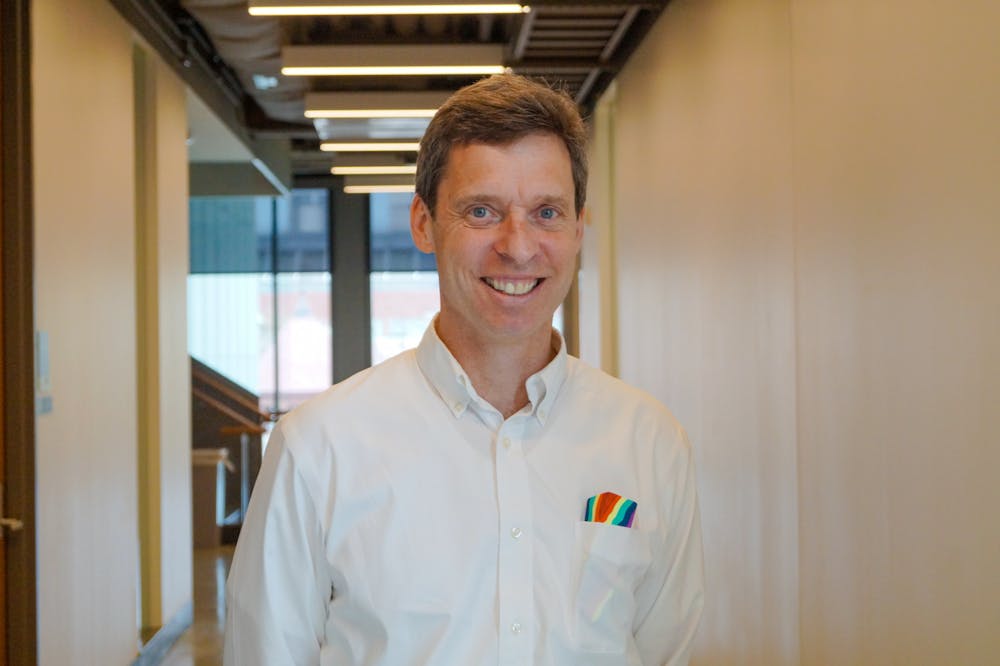By studying the properties of superconductors — materials that can carry electricity without heating up — scientists can gain a novel understanding of basic physical laws. These new insights offer potential applications in developing new ways to transport electricity and producing new kinds of electronic devices.
Last month, Brown professor of physics James Valles and a group of collaborators from various Chinese research institutions published a study looking at a class of materials that do not follow traditional electrical rules. Valles noted that their findings may provide new understandings of superconductivity.
These materials — cuprates — can exhibit a “temperature dependence of resistivity that is linear,” Chao Yang, first author on the study and researcher at the University of Electronic Science and Technology of China, wrote in an email to The Herald. Resistivity refers to the extent to which a material resists an electric current. A system where the resistivity of a material changes in a linear relationship with a change in temperature exists in what is called a “strange metal” phase, he explained.
Usually, electricity is carried by electrons, which belong to a class of subatomic particles known as fermions, Valles said. Unlike in superconductors, electrons in standard conductors “get pushed by a battery and bang into a metal’s vibrating ions, moving around and getting hot,” he added. The electrons’ collisions with the metal’s ions is what causes resistance.
The understanding of electrical charge being carried by electrons is well researched, Yang wrote. But the mechanisms of bosons, a class of subatomic particles which carry the charge in superconductors, remain less explored.
Bosons behave differently than fermions, Valles said. In systems that are very close to superconductors, one type of boson known as Cooper pairs exists. Cooper pairs of electrons move differently than single electrons because they tend to be bound together and can occupy the same quantum state, he added.
For the first time, researchers in this study found properties of strange metallicity in a bosonic system, Yang wrote. Previously, the properties were only observed in fermionic systems.
To explore the strange metals, the researchers used a nanopatterning process to create the cuprates — thin films of yttrium barium copper oxide.
The “YBCO thin films, which are 12 nanometers thick, host a dense hexagonal array of pores,” Yang wrote.
After cooling the material down to extremely cold temperatures, subjecting it to a very strong magnetic field and measuring its conductance, the researchers showed that the strange metal phase of linear “temperature-resistance behavior can occur in a bosonic host,” Yang wrote. Before this study, the linear temperature-resistance behavior of strange metal states were only shown to exist in systems of fermions, he added.
The nanopatterned YBCO films “have quite a bit of resistance and are not superconductors. But neither are they good metals. It’s something in between … with some characteristics of a metal and also some characteristics of a superconductor,” said Subir Sachdev, professor of physics at Harvard.
At times, experimental physics gets ahead of theoretical physics. This study is one theorists are currently unable to explain, said Sachdev, who was not involved in the study. Strange metals are still very mysterious, but this experiment is very “interesting and has some very beautiful data,” he added.
“There’s a lot of observations that we theorists have not been able to explain,” Sachdev said. “(This study) has certainly given us a lot of food for thought.”

Jared is a Senior Staff Writer for Science and Research. He is a senior from Albuquerque, New Mexico studying physiology and biotechnology. Outside of The Herald he likes to fish, ride bikes and research the role of metals in human health and disease.





